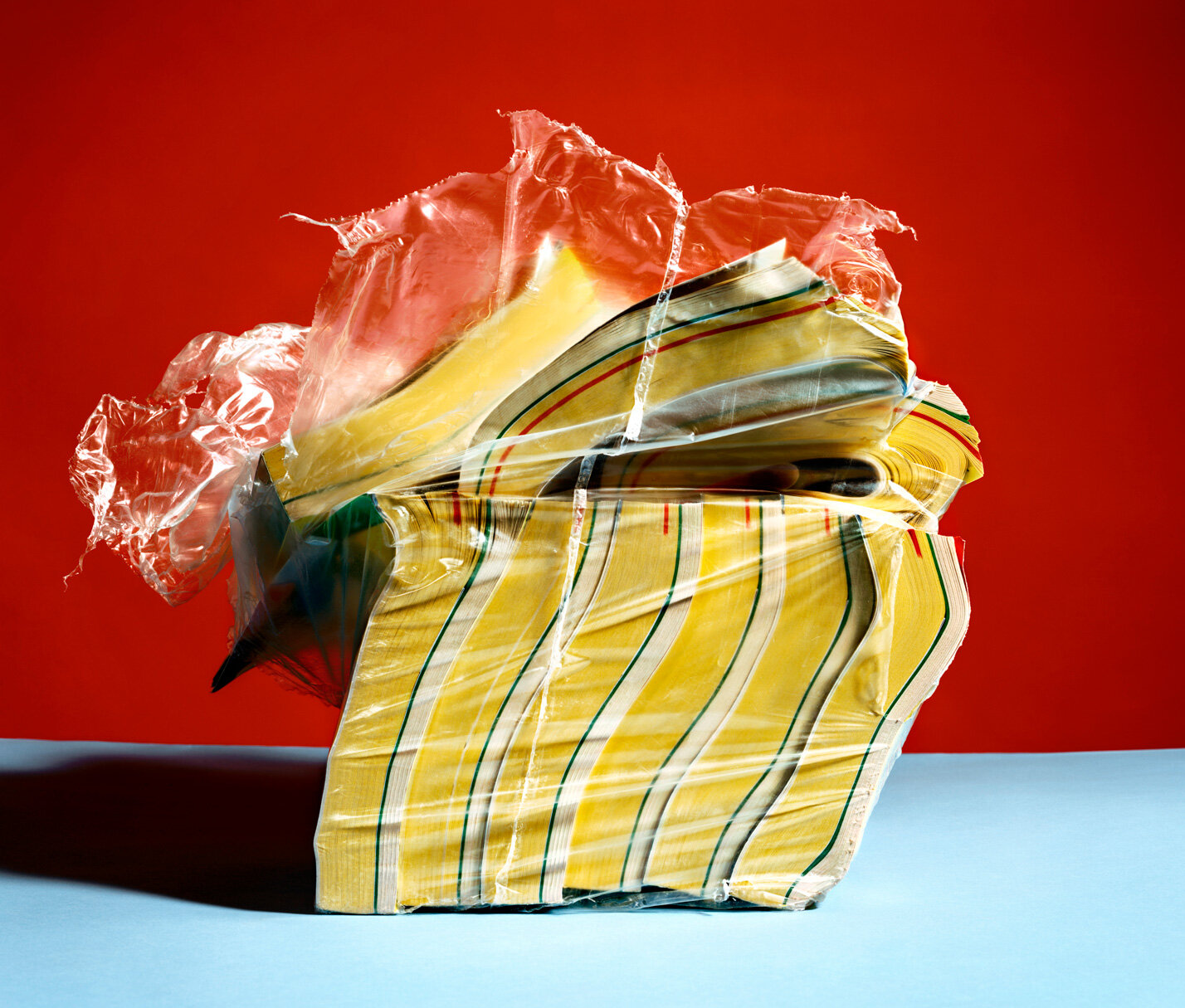ABOUT THE ARTIFACTS
ONE OF MY PASSIONS when I travel, is to seek out small house museums, and personal collections. The examination of someone’s personal ephemera provides a glimpse into their passions, fascinations, and most cherished memories. In “Modest Manifesto for Museums,” Orhan Pamuk contends that museums, instead of advancing the narratives of nations, should move to reconstruct the world of individual human beings: “Large national museums present the history of the nation – history, in a word – as being far more important than the histories of individuals. This is unfortunate because everyday stories of individuals are richer, more humane, and much more joyful. “The stories of individuals are much better suited to displaying the depths of our humanity.”
Through the act of collecting and photographing, the objects in this series transcend their original purpose for the owner, rising to the status of artifact. The object becomes more than a personal touchstone, it acts as a visual symbol, a synthesis, of a particular person or an event. My criteria in choosing the artifacts are largely subjective, based on whether the item appeals to me either viscerally or intellectually, or sometimes it invoked a vivid memory. They are tracked down, collected and organized according to my interests, resulting in a personal cultural history.
I find that these often, homely items are beautiful in their own right as sculptural objects. They additionally take on symbolic resonance with the revelation of their owner, maker, or backstory. Some become items of inspiration when viewed within the context of the owner’s life. For example, Shimmy Baum’s hand-rigged eyeglasses, which he invented in order to continue his Talmudic studies after he began to lose his sight, or the ephemera carefully collected and cataloged by Henry Darger that he incorporated into his artworks. Other artifacts are visible fallout from periods of emotional strife, again, personal and collective. The pocket knife, mace, and Molotov cocktail that were used as evidence against the Chicago Seven, whose provenance was hotly disputed during the trial; and the bullet casing that belonged to Hunter Thompson, a known gun-fetishist who died from a self-inflicted gunshot.
Lastly from Pamuk, “The measure of a museum’s success should not be its ability to represent a state, nation or company, or a particular history. It should be its capacity to reveal the humanity of individuals.
BIBLIOPHILIA
My book collecting habit began in childhood, driven by the goal to complete the entire set of Nancy Drew hard covers and the delight found in fancy boxed gift sets. I continue to acquire books not only for their content or prose, but also for their sensual and aesthetic qualities. My collection includes other people's diaries, scrapbooks, sketchbooks and photo albums. I am drawn to books that reveal a stranger's experiences and memories; sometimes it is simply the handwriting or compulsive list making. Many of the books and albums contain collections of ephemera that reveal a lifetime of stories. These books can provide a glimpse in to the life of another person and another time. Nowadays, relocating and dodging piles of books is a daily domestic occurrence, one that my family has grown comfortably accustomed to. Some of the images in The Bibliophilia Series are an exploration of relationships between these piles. Some compositions are designed solely to celebrate the books’ sculptural qualities, in which the books never quite reveal their original purpose. Other times the narrative, such as “French Guidebooks” or “Summer Reading”, groups a collection, where once the books are shelved these relationships are broken.
THE CHICAGO 7 TRIAL EVIDENCE
The defendants of the historic CHICAGO 7 TRIAL were leaders of the group, New Mobilization to End the War in Vietnam, which launched the 1968 Democratic National Convention protests that turned the convention in Chicago into one of America’s most embarrassing political fiascoes.
The defendants were Abbie Hoffman, Jerry Rubin, David Dellinger, Rennie Davis and Tom Hayden. Originally the Chicago 8, they also included John Froines, Lee Weiner and Bobby Seale. When Black Panther Party member Seale misbehaved, Judge Julius Hoffman separated him from the trial, leaving just the Chicago 7. The original indictments were made on March 19, 1969.
The evidence was submitted by the prosecution as proof of the “hippies” intent to incite a riot. The evidence was later found to have been manufactured by the police. The trial had been characterized by a politically charged atmosphere, and the theatrics of the defendants: Abbie Hoffman and Jerry Rubin dressed in American Revolution uniforms; Seale was bound and gagged by Judge Hoffman’s order; Allen Ginsberg bellowed “Hare Krishna” from the witness stand. Dr Timothy Leary gave hilarious evidence, and recommended LSD to Judge Hoffman. The trial was a circus, because that is what the hippies had decided to make it.
Attention was also given to Judge Hoffman’s “deprecatory and often antagonistic attitude toward the defense.” The court also noted that the FBI, with the knowledge and complicity of Judge Hoffman and prosecutors, had bugged the offices of the Chicago 7’s defense attorneys.
CONTENTS IMMATERIAL
I am fascinated by the ephemera that most people throw out without a second thought, including the boxes, bags and wrapping that are subservient to the items they contains. I am intrigued by packages that have become iconic trademarks – Tiffany’s blue boxes, Hermes’s orange boxes and Cartier’s red boxes. Since my vocational life often involves seducing the consumer, I took pleasure in transforming the original intention of these items. Some of these photographs can be read as arrangements of pure form, turning everyday vessels into objects of contemplation.




